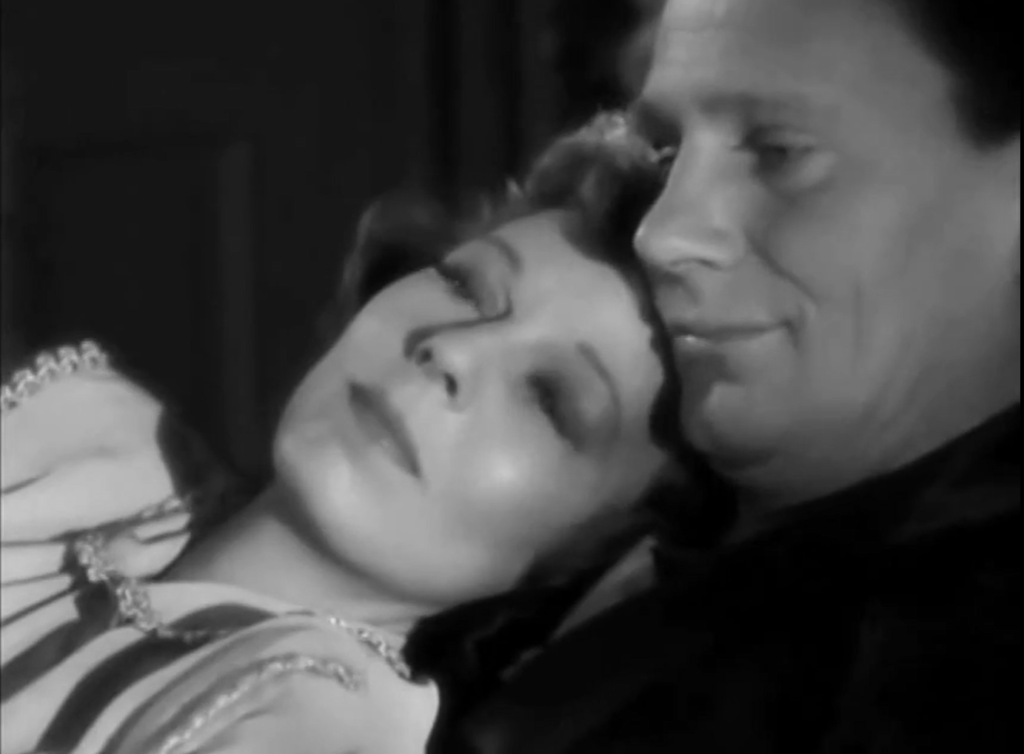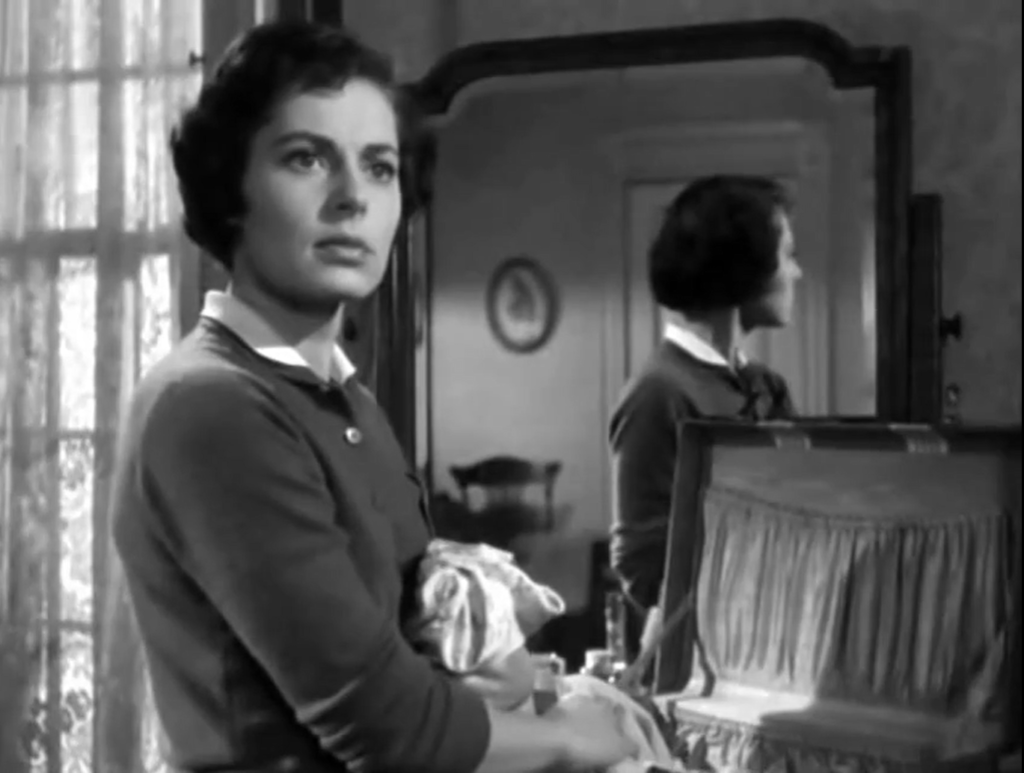“Once in a while, when I stop fighting it, I get a flash of — I’d guess you’d call it philosophy. Suddenly I realize that what really matters isn’t how long we live, but how.”
|

Synopsis:
When Mary Scott (Margaret Sullavan) discovers she only has a few months left to live, she decides to keep it a secret from her husband (Wendell Corey) and daughter (Natalie Wood). Meanwhile, she learns that her loyal husband is falling for his beautiful co-worker (Viveca Lindfors).
|
|
Genres, Themes, Actors, and Directors:
- Death and Dying
- Illness
- John McIntire Films
- Margaret Sullavan Films
- Marital Problems
- Natalie Wood Films
- Wendell Corey Films
Review:
No Sad Songs for Me could easily be dismissed as a schmaltzy tearjerker, but it’s too well-acted — and too smartly written — to deserve this label. Margaret Sullavan (in what would tragically be her last screen role) brings a level of pathos to her character which transcends the limitations of the material, and makes us genuinely care for this selfless, philosophical woman. Viveca Lindfors and Wendell Corey do an equally fine job as co-workers who recognize the folly of their growing attraction to each other, and it’s fun to see Natalie Wood in a role midway between her appearances in The Miracle on 34th Street (1947) and Rebel Without a Cause (1955). There aren’t any major revelations or surprises here — after all, we know the film’s outcome from the very beginning — but be forewarned: the final scene remains quietly devastating.
Redeeming Qualities and Moments:
- Margaret Sullavan’s heartfelt performance as the dying wife and mother who wants nothing but the best for her family

- Wendell Corey as Mary’s unsuspecting husband

- Viveca Lindfors as Corey’s beautiful new co-worker

- Natalie Wood as Sullavan’s young daughter

Must See?
No, but it’s recommended, especially for fans of Sullavan.
Links:
|





One thought on “No Sad Songs for Me (1950)”
First viewing. Not a must. There are smart elements in the script (i.e., the handling of infidelity, Sullavan’s efforts to pave the future for her husband and child, Lindfors’ character in general: an early feminist role), but I wonder why Peary includes this title at all. A serious issue is given low-rent weepie treatment (one wonders how Douglas Sirk would have handled it). The opening sequence (the family at breakfast) is particularly awkward and forced. From there, the film serves up near-constant verbal reminders to the audience (either by Sullavan or others) that the protagonist is dying: i.e., one man says to Sullavan, “It’s a good idea to read signs, miss. You’ll live longer that way.” Couldn’t the writers have avoided sledgehammering? Sullavan tries hard, as does Corey; Lindfors at least has an interesting character (as opposed to Sullavan’s one-note situation); poor Natalie Wood’s character – at times afflicted with verbal diarrhea – hardly registers. Overall, some potential, but something of a missed opportunity.